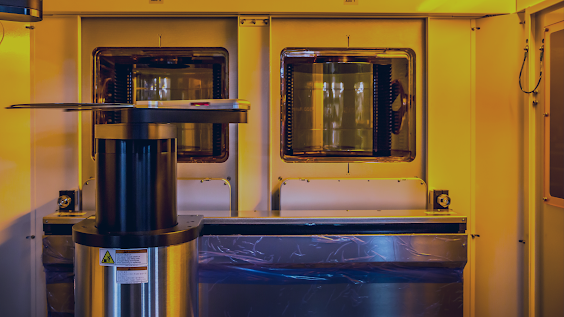All You Need to Know About Handling Robot Surge!

Are you considering automating your material handling or logistical procedures with robotics? Many businesses are deploying more accessible, adaptable, and quick robots to streamline operations for machine tending, part transfer, assembly, picking, packaging, palletizing, and other tasks to remain competitive. So much so that, of all the automated material handling equipment, robots had the most significant market size in 2020. Driving Reasons for Material Handling Robot Growth Although the usage of semiconductor robot handling equipment has historically helped increase operational effectiveness, enhance product quality, and lower production costs, there are now more modern, diverse reasons motivating firm executives to adopt them. Shifting Consumer Behavior Large production runs in low-mix manufacturing environments continue to occur. Still, as customer needs become more complicated, production methods must be more flexible t...
